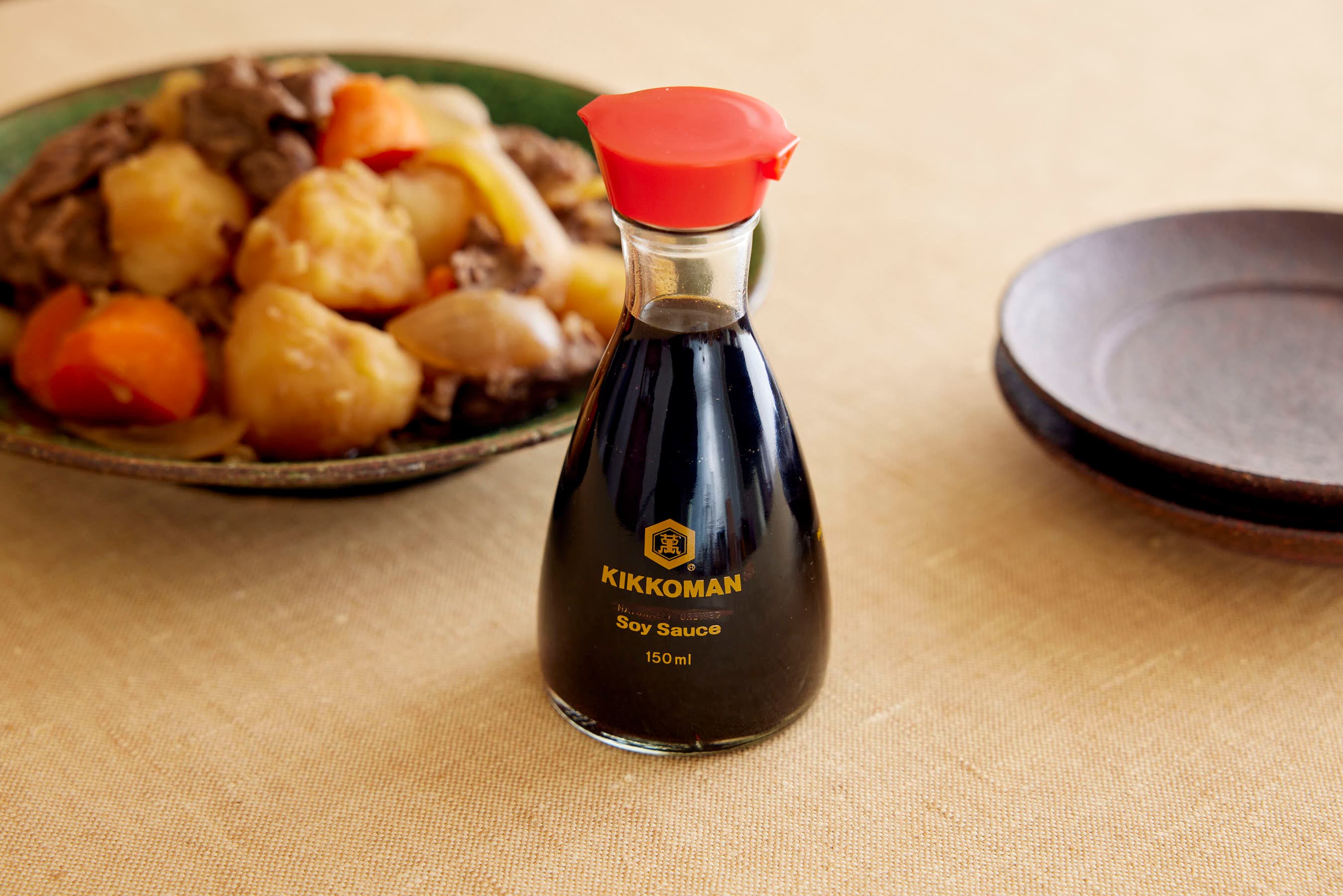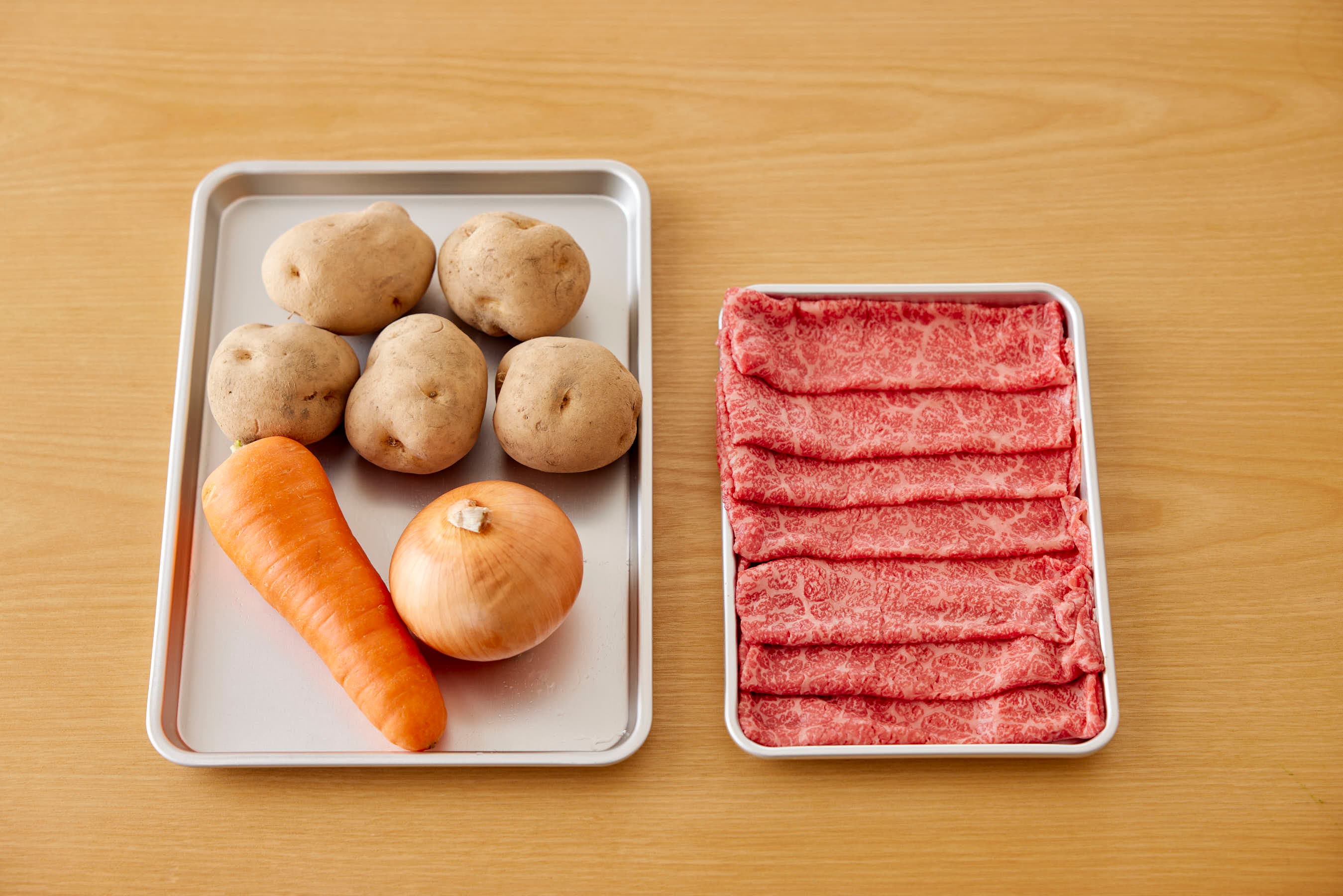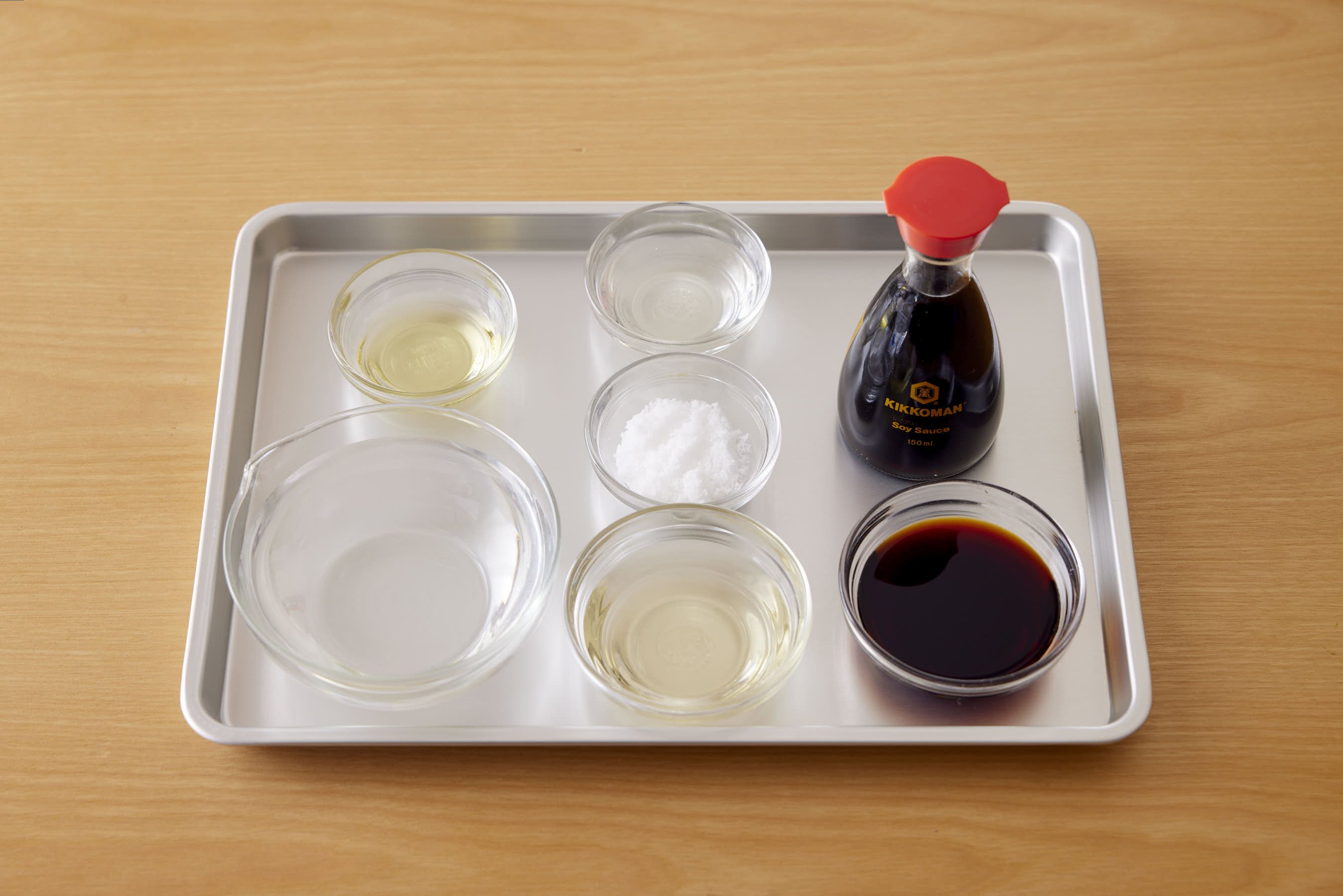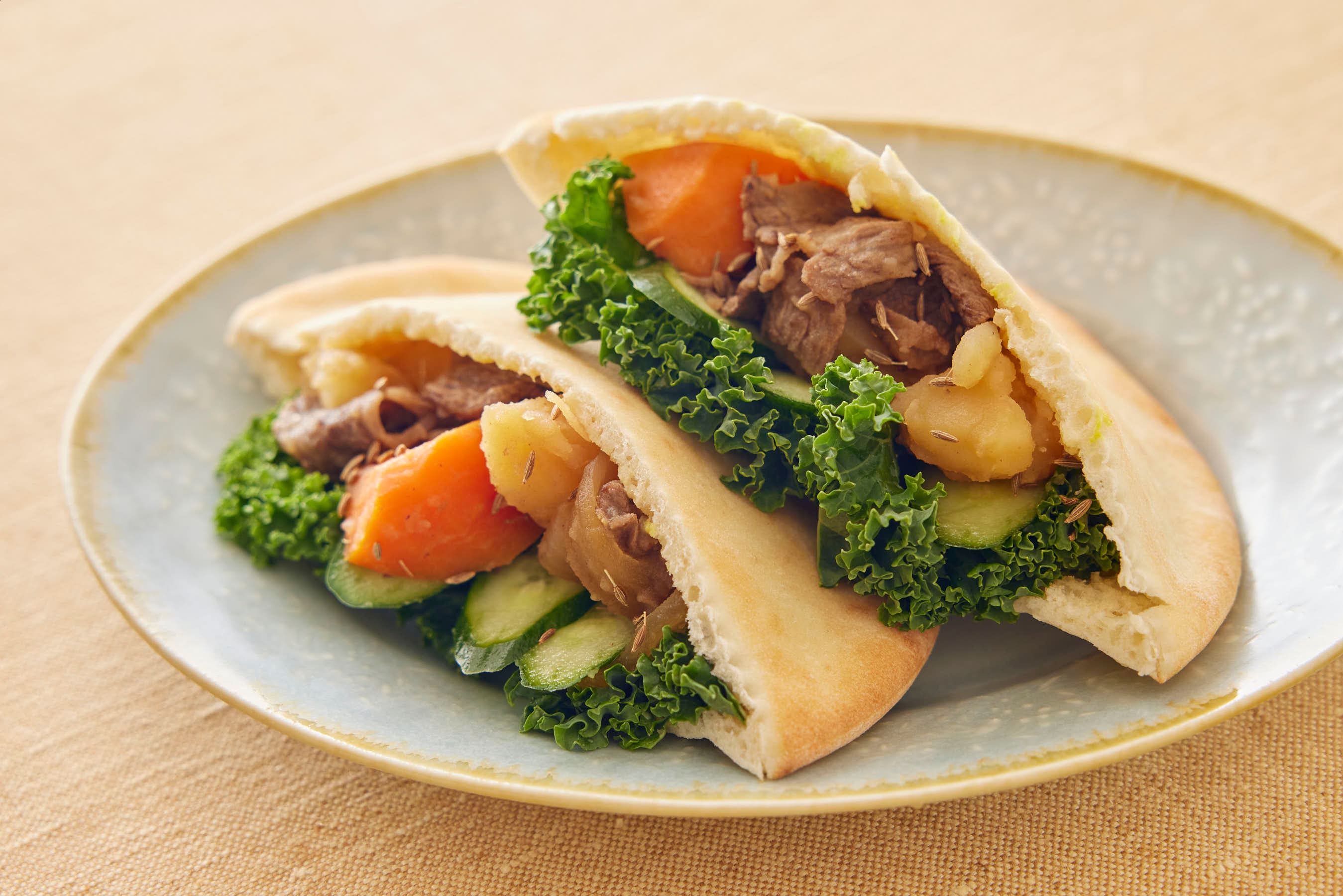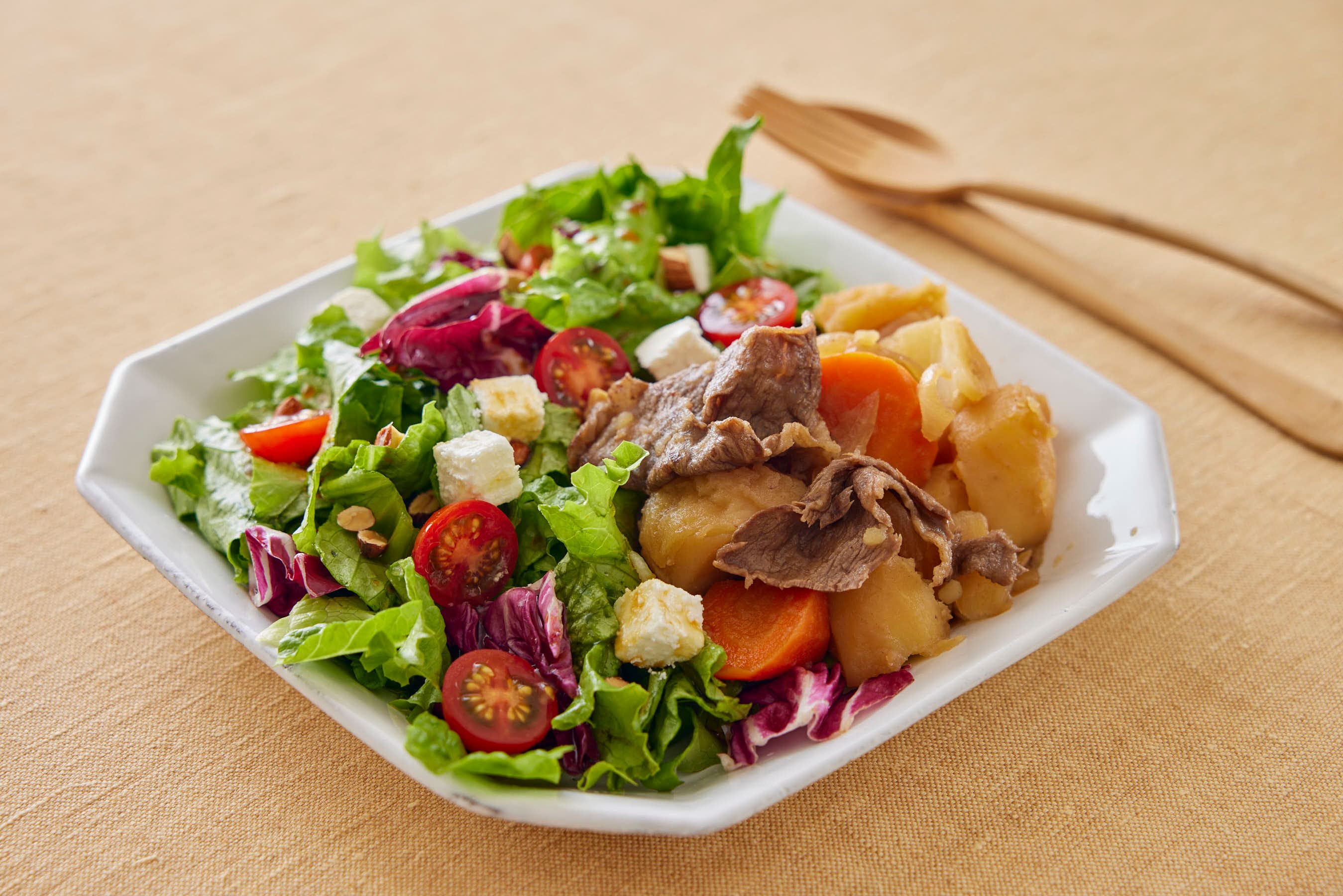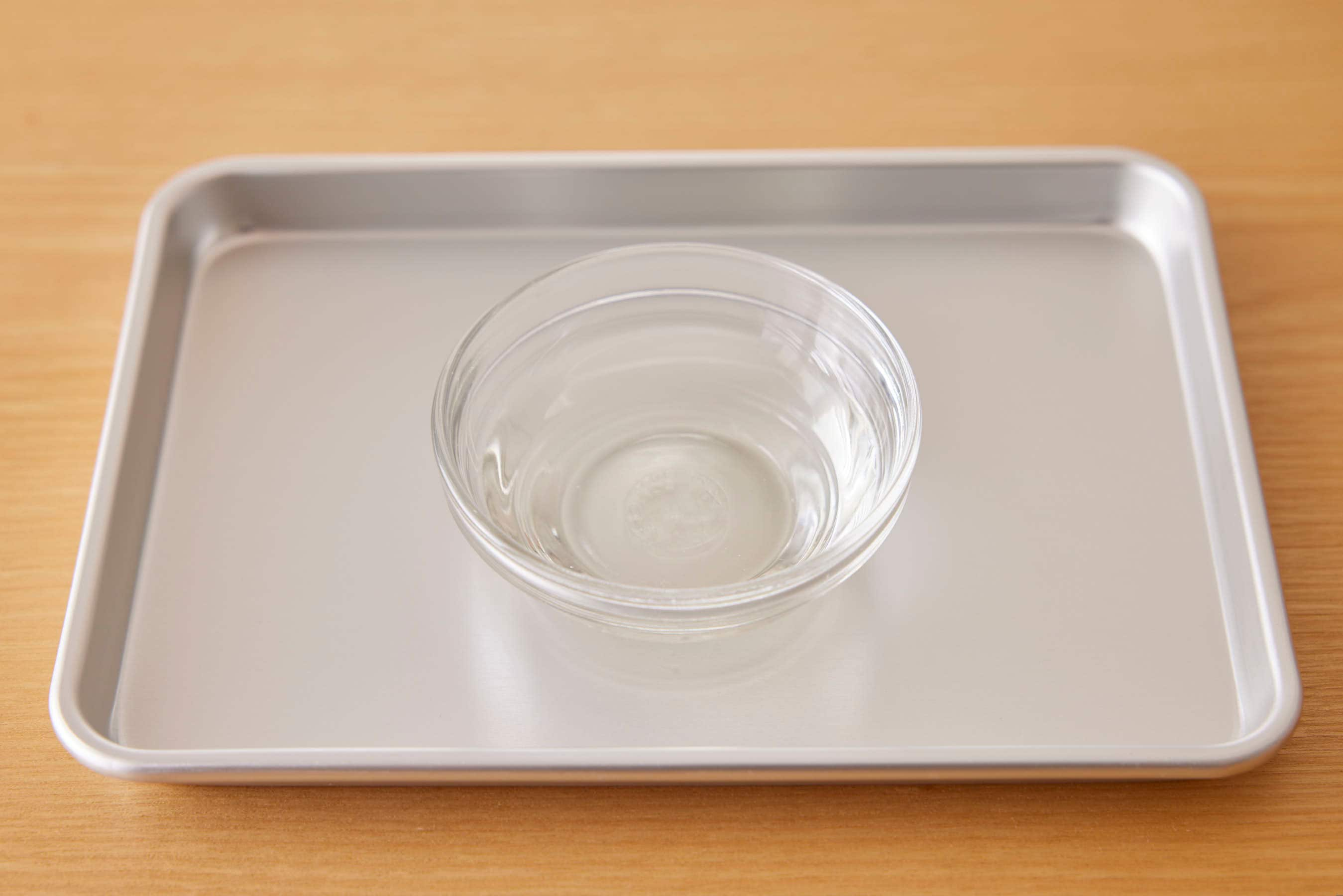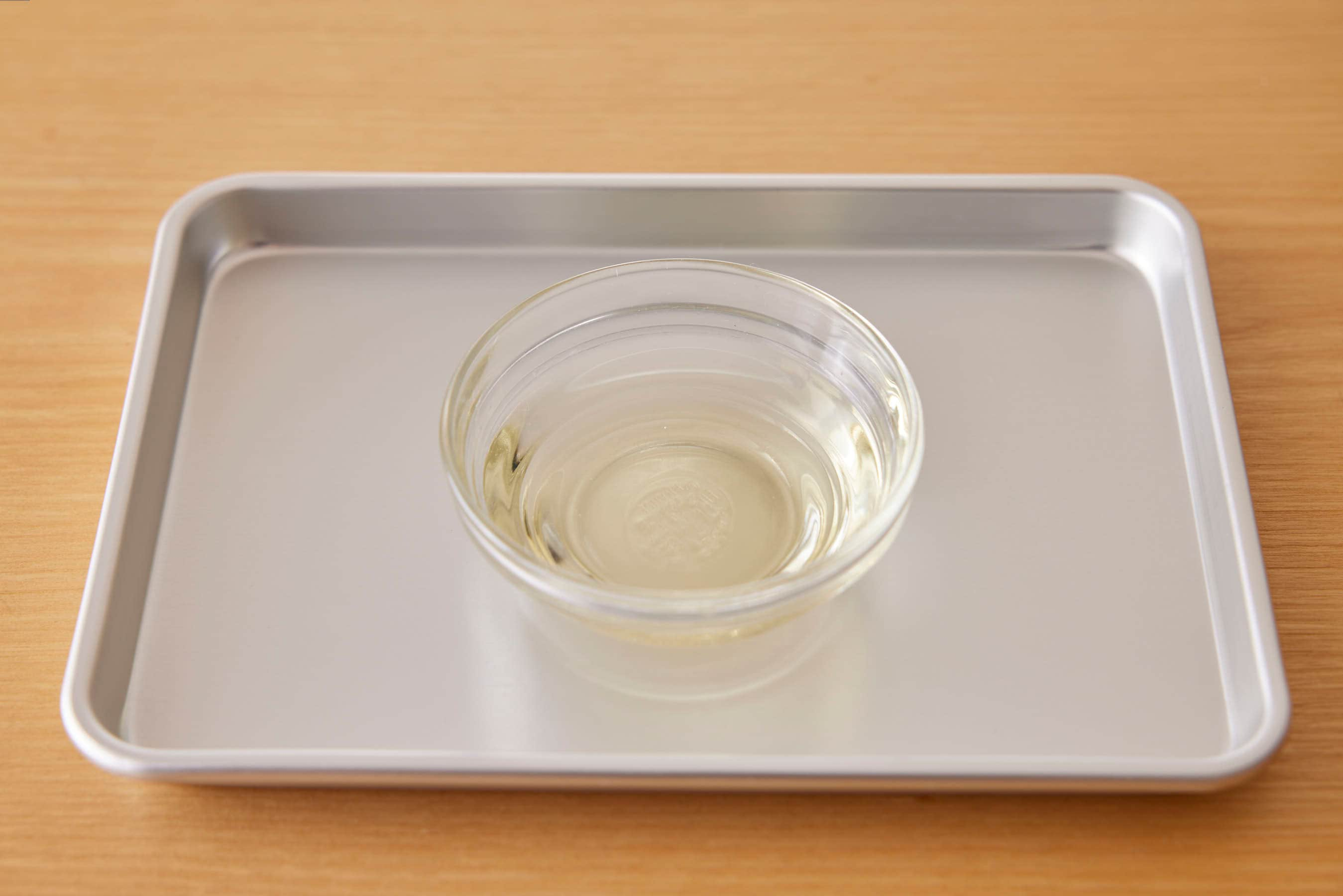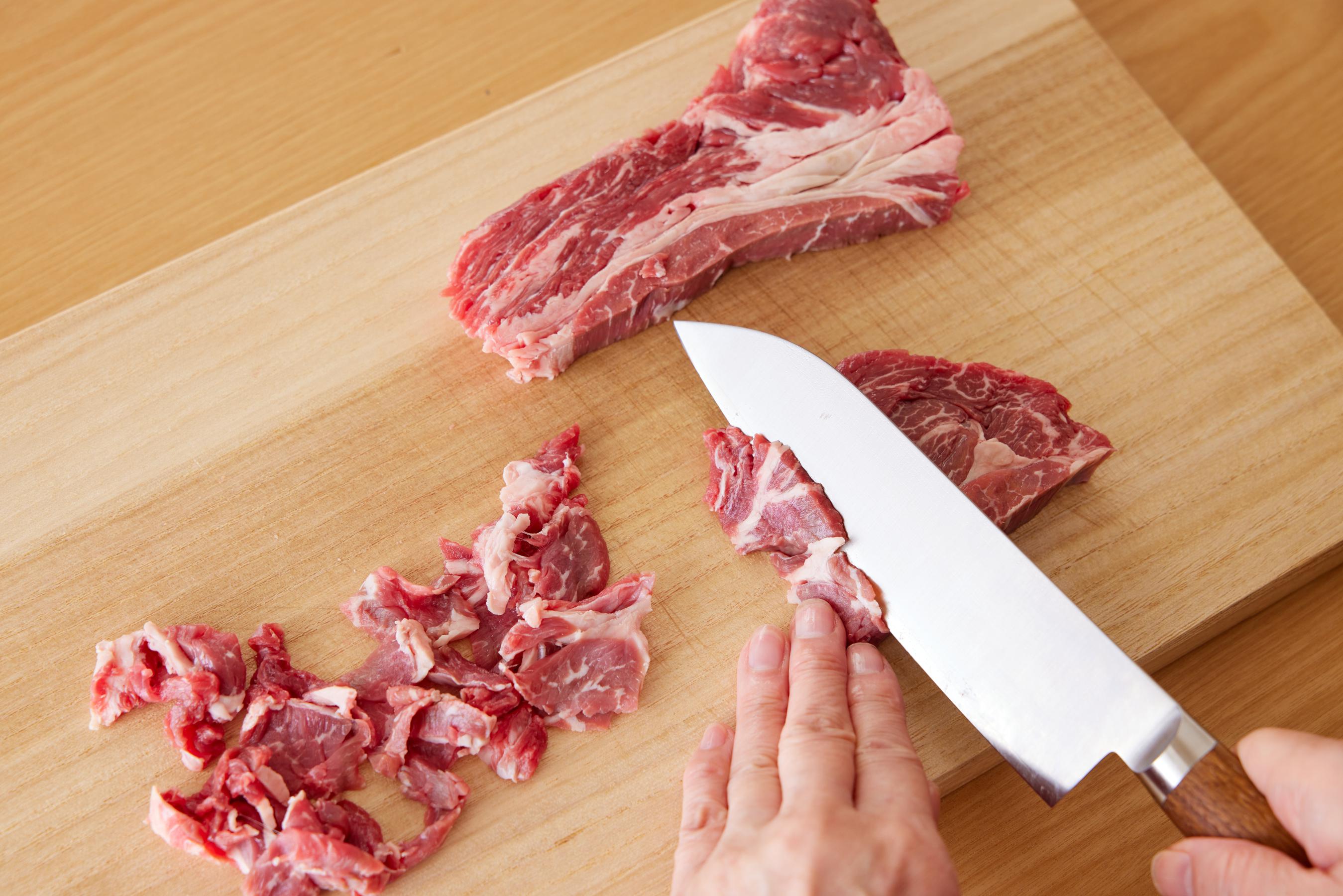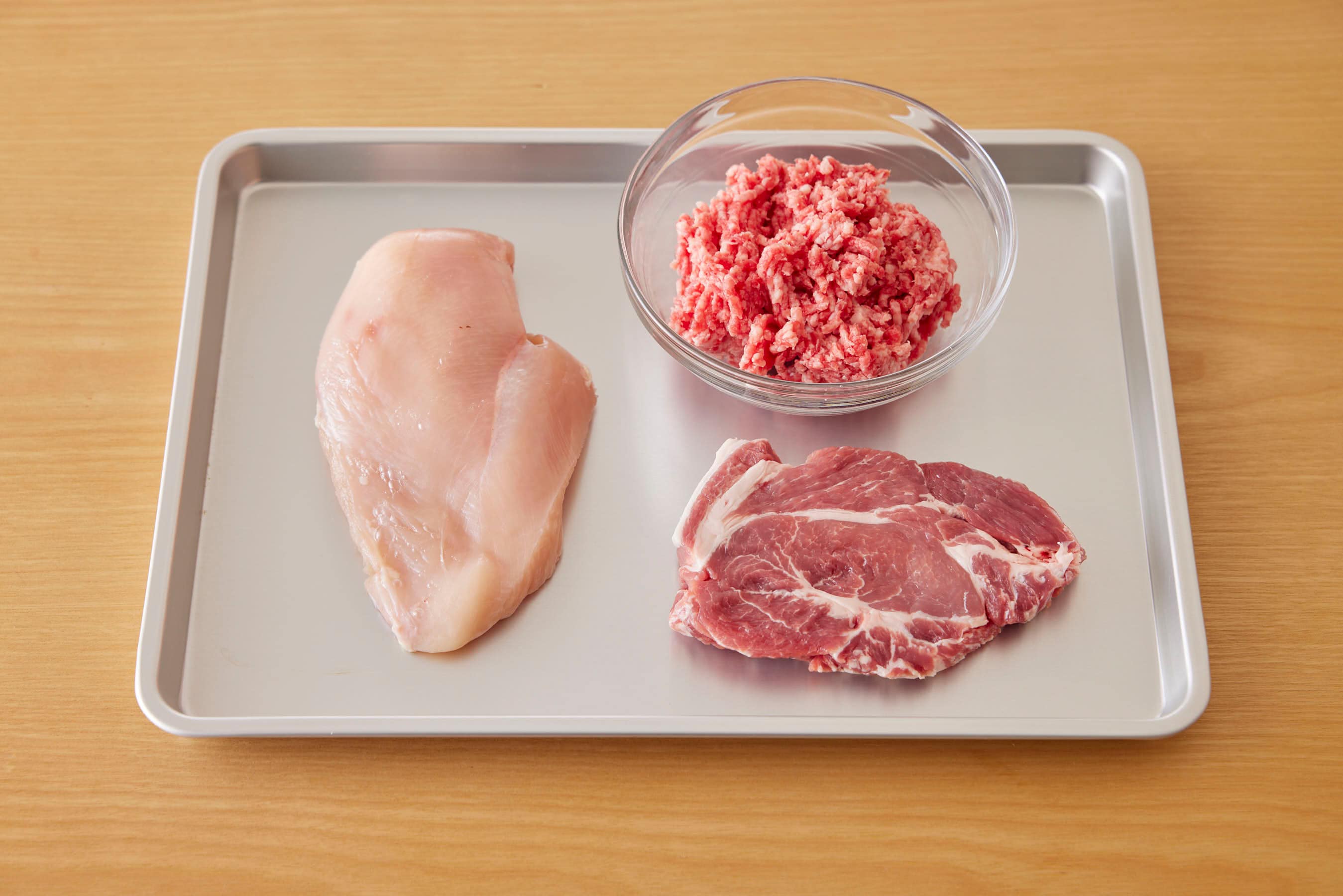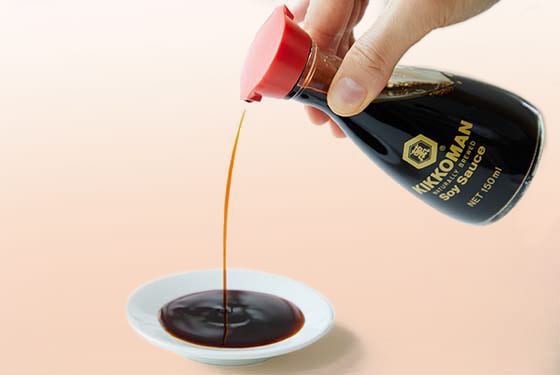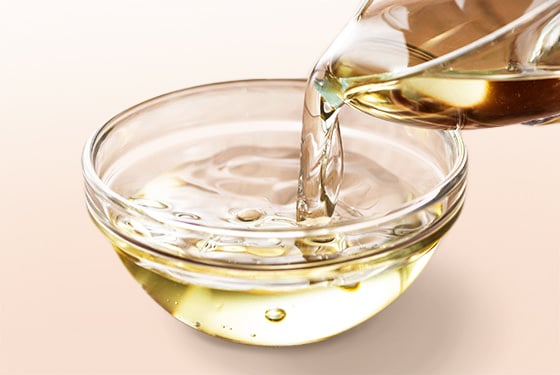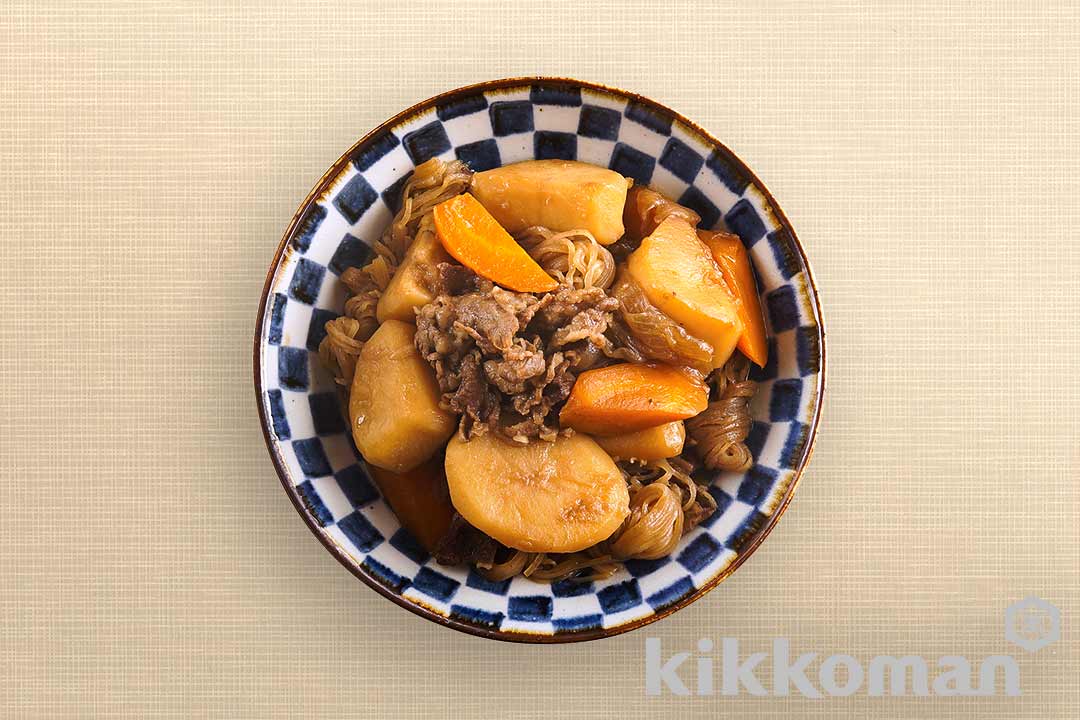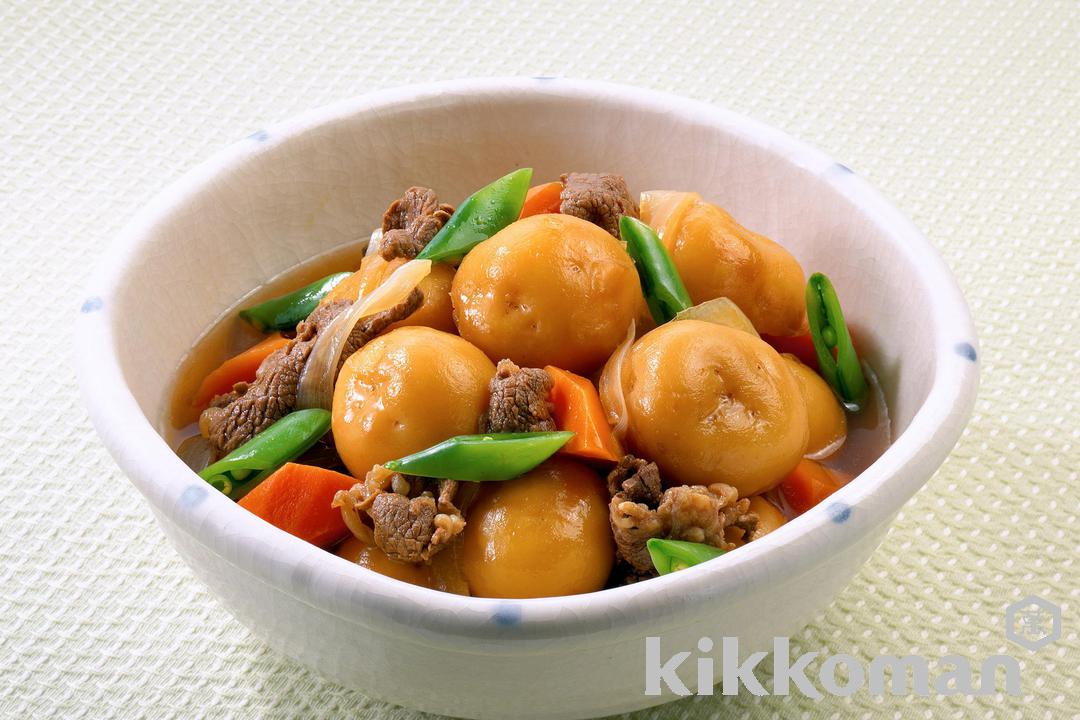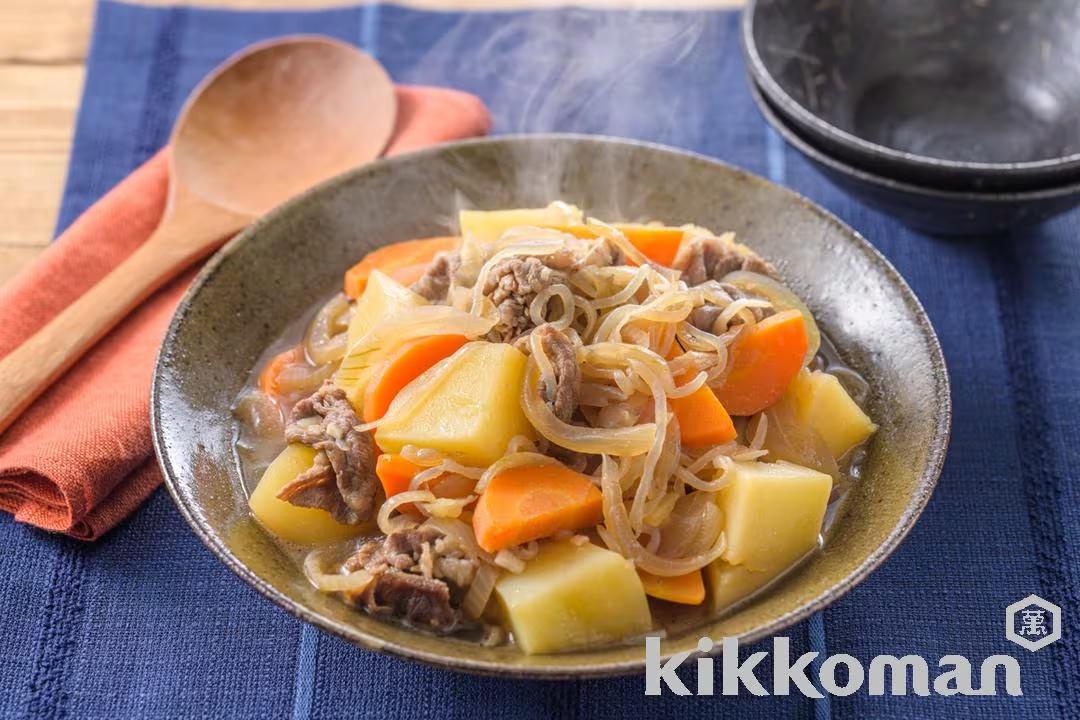
Meat and potatoes simmered with the sweetened flavor of soy sauce. You’ll love the taste and texture of the potatoes, which have soaked in the umami of the other ingredients!
- by Yuko Ihara
Table of Contents
- What is Nikujaga?
- The Secret to Delicious Flavor of Nikujaga
- Things to Remember When Making Nikujaga
- Ingredients for Making Nikujaga
- Calories and Cooking Time
- How to Cut the Ingredients
- How to Stir-Fry the Ingredients
- How to Sweeten and Simmer
- How to Season with Soy Sauce and Simmer
- More Ways to Enjoy Nikujaga
- FAQ
- Kikkoman Products Used in This Recipe
- About the Recipe Author
What is Nikujaga?
Nikujaga is a type of simmered dish in which ingredients are cooked in a seasoned broth until tender. Its name comes from its main ingredients: "niku" (meat) and "jagaimo" (potatoes). The dish is typically made with either beef or pork, which adds richness and depth of flavor, making it hearty and satisfying. In Japan, Nikujaga is a staple home-cooked dish, but it is also a popular menu item at “izakaya” (Japanese-style pubs) and casual eateries. Additionally, it is widely available as a ready-made side dish, making it a convenient and well-loved option for takeout.
The Secret to Delicious Flavor of Nikujaga
In many Japanese simmered dishes, soy sauce is the key ingredient that defines the flavor. The richness and aroma of soy sauce, combined with the sweetness of ingredients like sugar, create a well-balanced and mellow taste that complements both the meat and potatoes. Additionally, as the potatoes absorb the broth, they take on a deep soy sauce color, enhancing their appearance and making the dish look even more appetizing.
Things to Remember When Making Nikujaga
Simmering in a Fry Pan So The Ingredients Don’t Pile on Each Other
Although it’s also possible to simmer in a pot, doing so can cause the ingredients to pile atop each other, preventing the broth from distributing evenly. Additionally, as the ingredients move and collide in the simmering liquid, the potatoes may break apart. Using a fry pan instead ensures that the broth coats everything evenly, reducing the risk of the ingredients falling apart.
Allowing the Nikujaga to Cool Before Eating
Simmered dishes turn out even more flavorful if you allow time for the residual heat to cool off. This is because, while cooling, the stew ingredients can further soak up the broth. Once the simmering is done, remove the fry pan from the stove and give it a chance to cool. If you want to eat it warm, heat the Nikujaga a bit more on the stove following the cooling process.
Ingredients (Servings: 3-4)
beef sirloin (thin-sliced) - 200g (7.05 oz.)
potatoes - 5(600g/21.16oz.)
onion - 1 (200g / 7.05 oz.)
carrot - 1(150g/5.29 oz.)
sake (cooking sake) - 2 Tbsp
water - 250ml (8.45 fl. oz.)
mirin - 3 Tbsp
sugar - 1 Tbsp
Kikkoman Soy Sauce - 3 Tbsp
cooking oil - 1 Tbsp
Calories and Cooking Time

* Nutrition facts are for one serving.
How to Cut the Ingredients
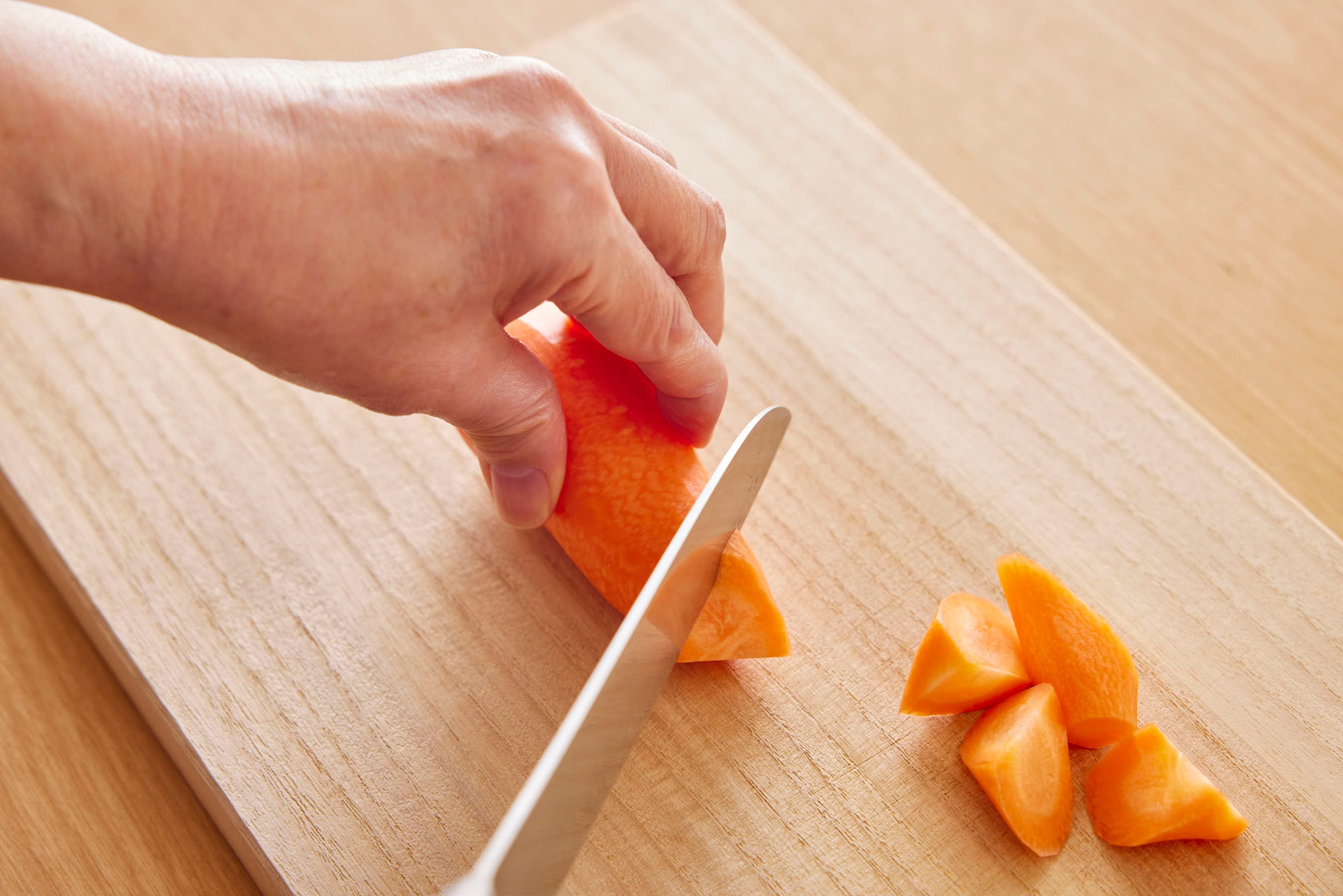
- 1Peel the carrot and cut it into irregular bite-sized chunks (“rangiri”). Without moving the position of the knife, rotate the end of the carrot to be cut by 90 degrees each time and slice diagonally.
- Tips“Rangiri” is a cutting technique where ingredients are chopped into irregular shapes. This method increases the surface area of each piece, allowing flavors to soak in more effectively.
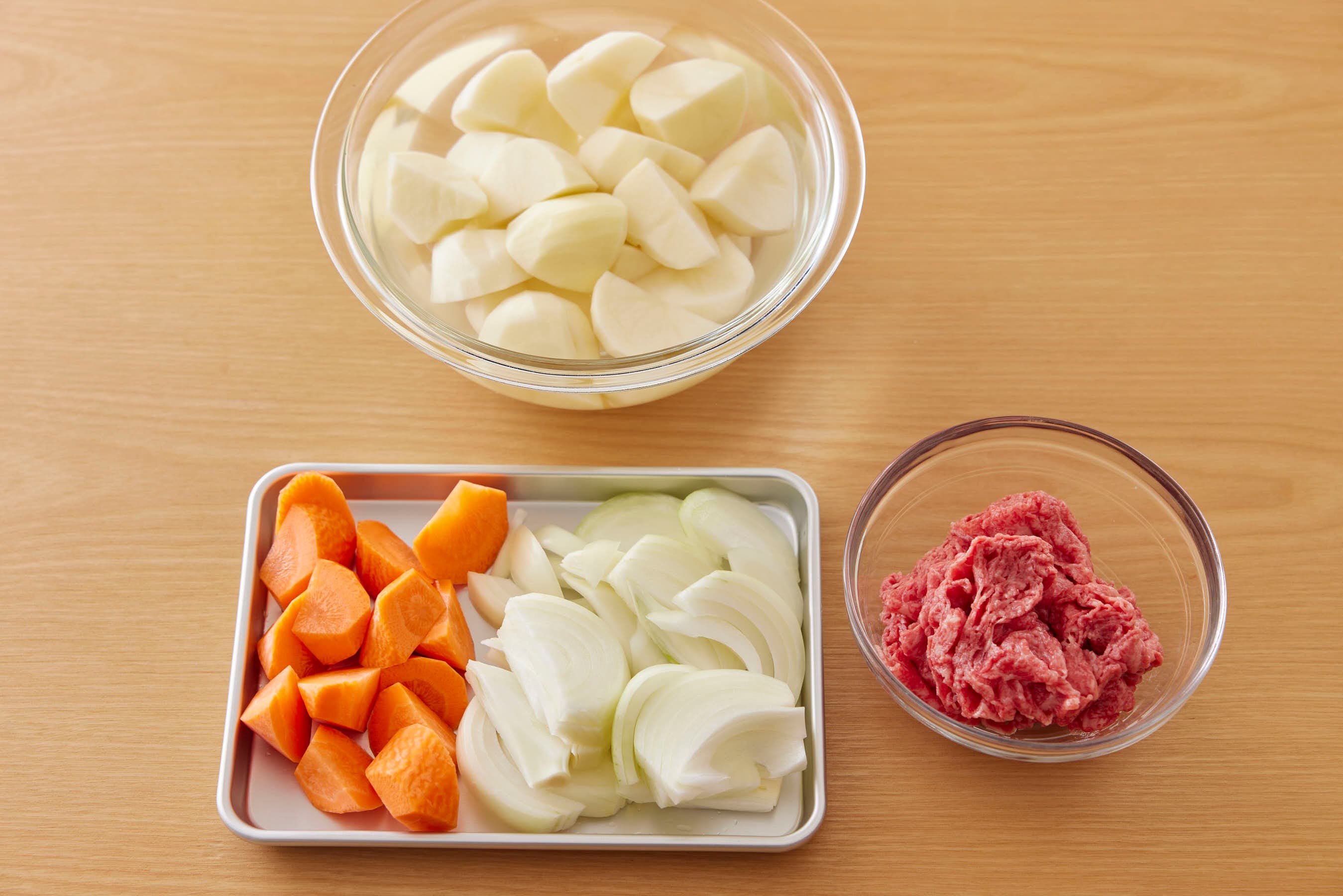
- 2Peel the potato and slice into bite-size pieces, then soak in water for about 5 minutes. Cut the onion in half lengthwise, then slice it into 1 cm (0.4 in.) wide pieces. Cut the beef into bite-sized pieces.
- TipsSoaking the potatoes in water helps remove some of the starch, resulting in a clearer and cleaner broth when simmered.
Watch video for cutting the ingredients
How to Stir-Fry the Ingredients
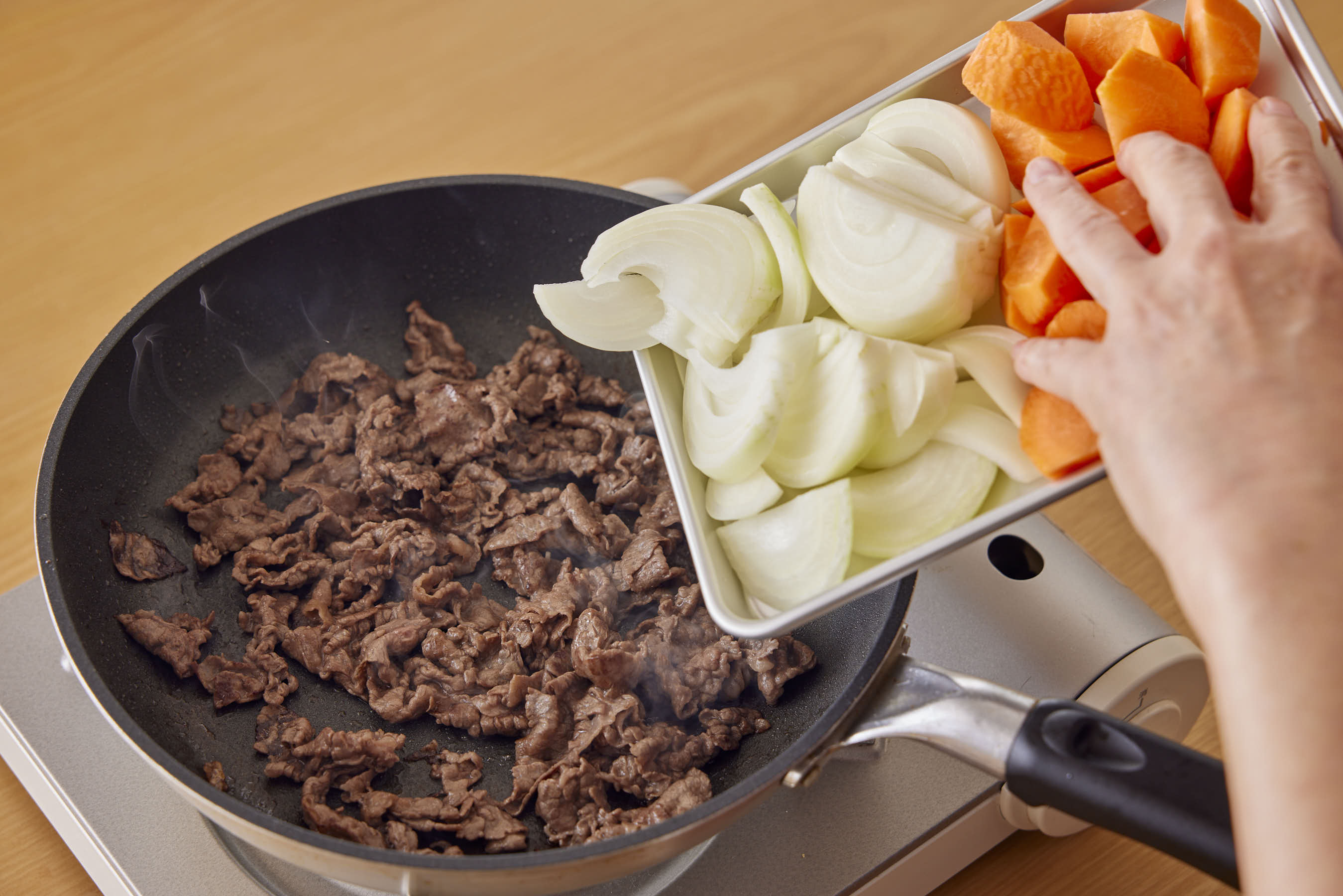
- 1Heat oil in a fry pan on medium heat, then add the beef and stir-fry it. Once the meat has browned, add the potatoes, carrot and onion, and stir-fry till they are coated in oil.
Watch video for stir-frying the ingredients
How to Sweeten and Simmer
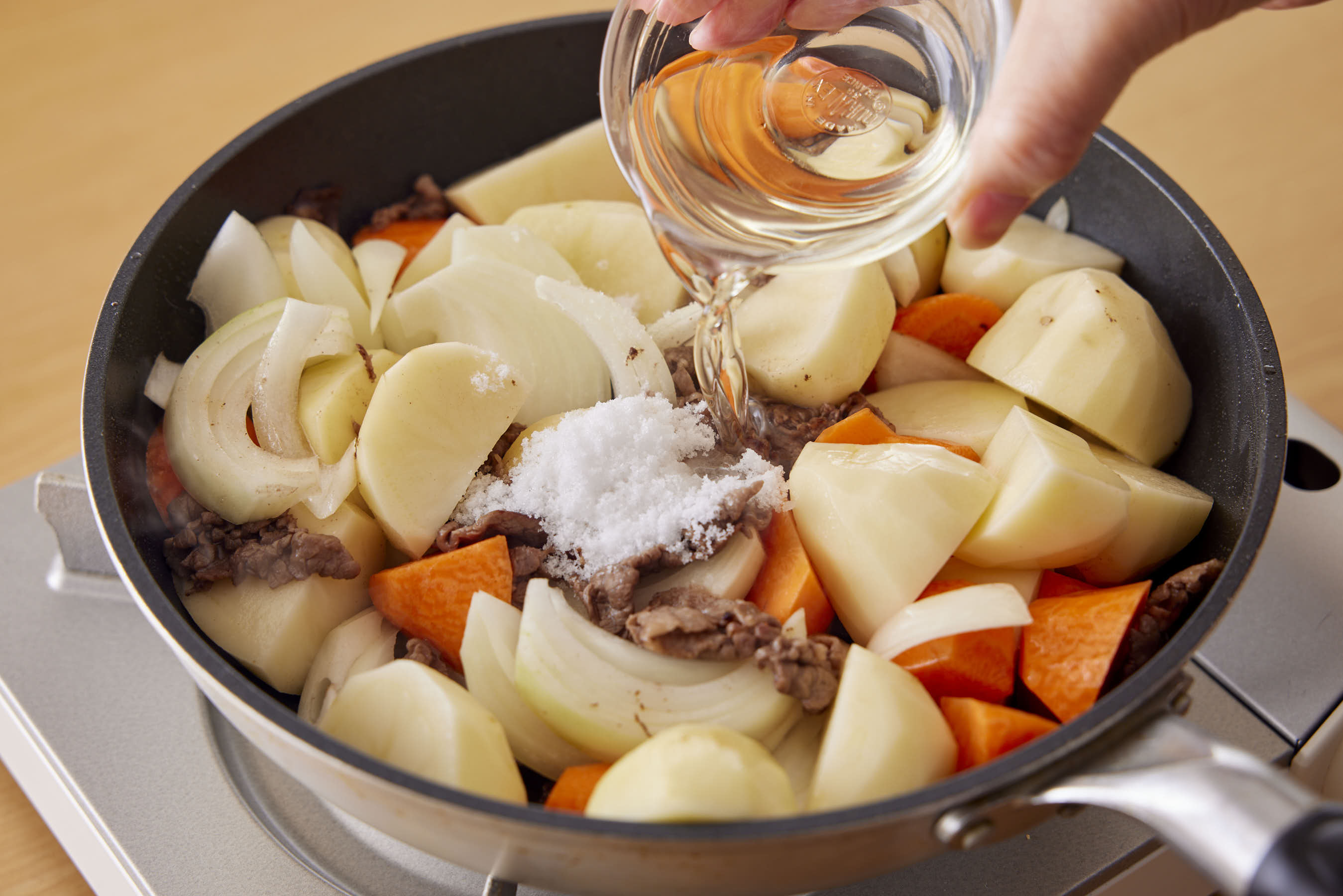
- 1Gradually add sake, water, sugar and mirin into the fry pan.
- TipsAdding the sake before the other liquid ingredients will help to cut any odor from the stir-fried meat and also enhance its flavor. Next, simmering with water and sweeter seasonings like sugar and mirin before adding soy sauce allows the sweetness to penetrate the ingredients more effectively.
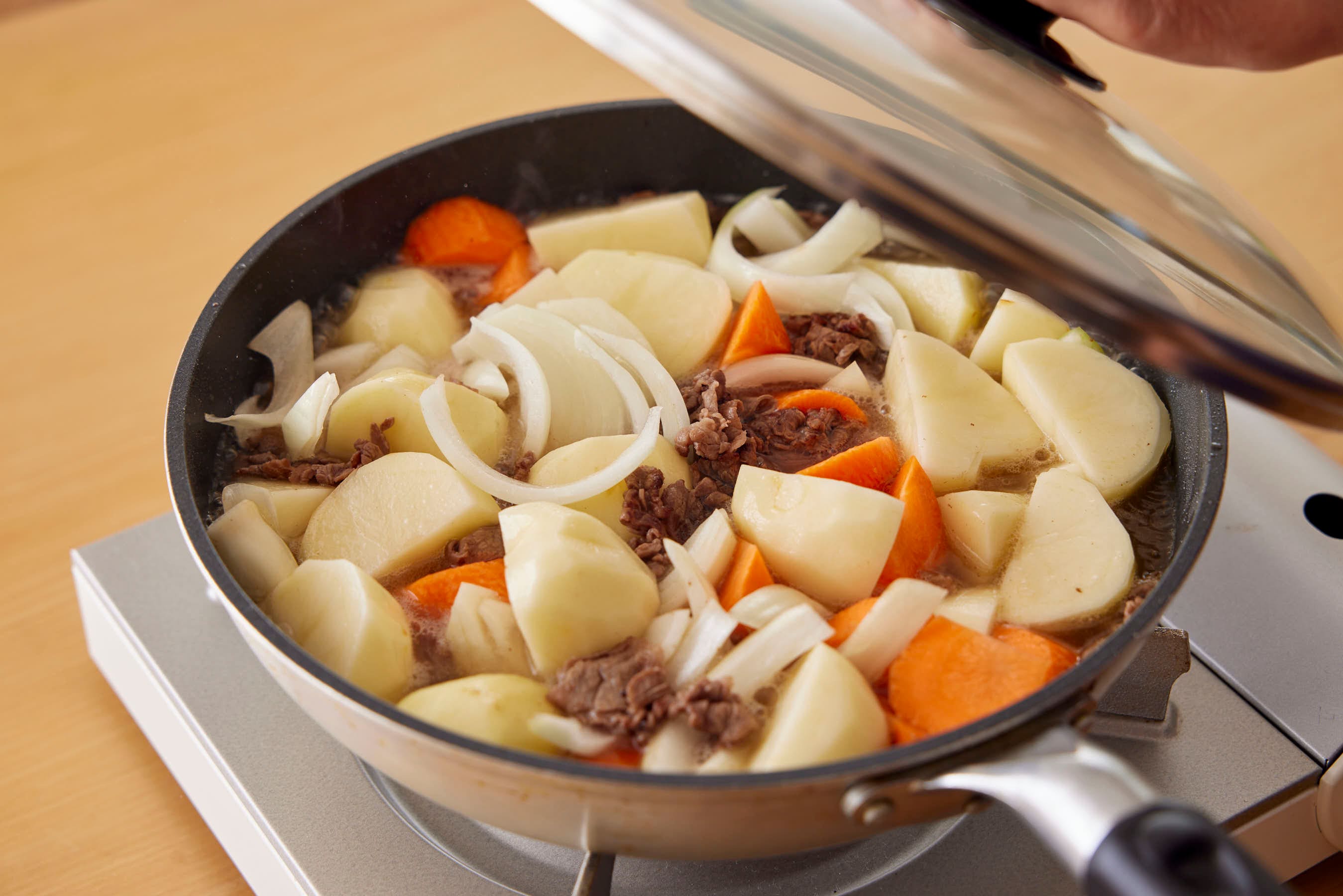
- 2When the water begins to boil. cover with a lid and simmer on low heat for 7-8 minutes.
- TipsWhen reducing the heat for this step, be sure that the broth is still maintaining a gentle simmer so that the ingredients cook properly.
Watch video for sweetening and simmering
How to Season with Soy Sauce and Simmer
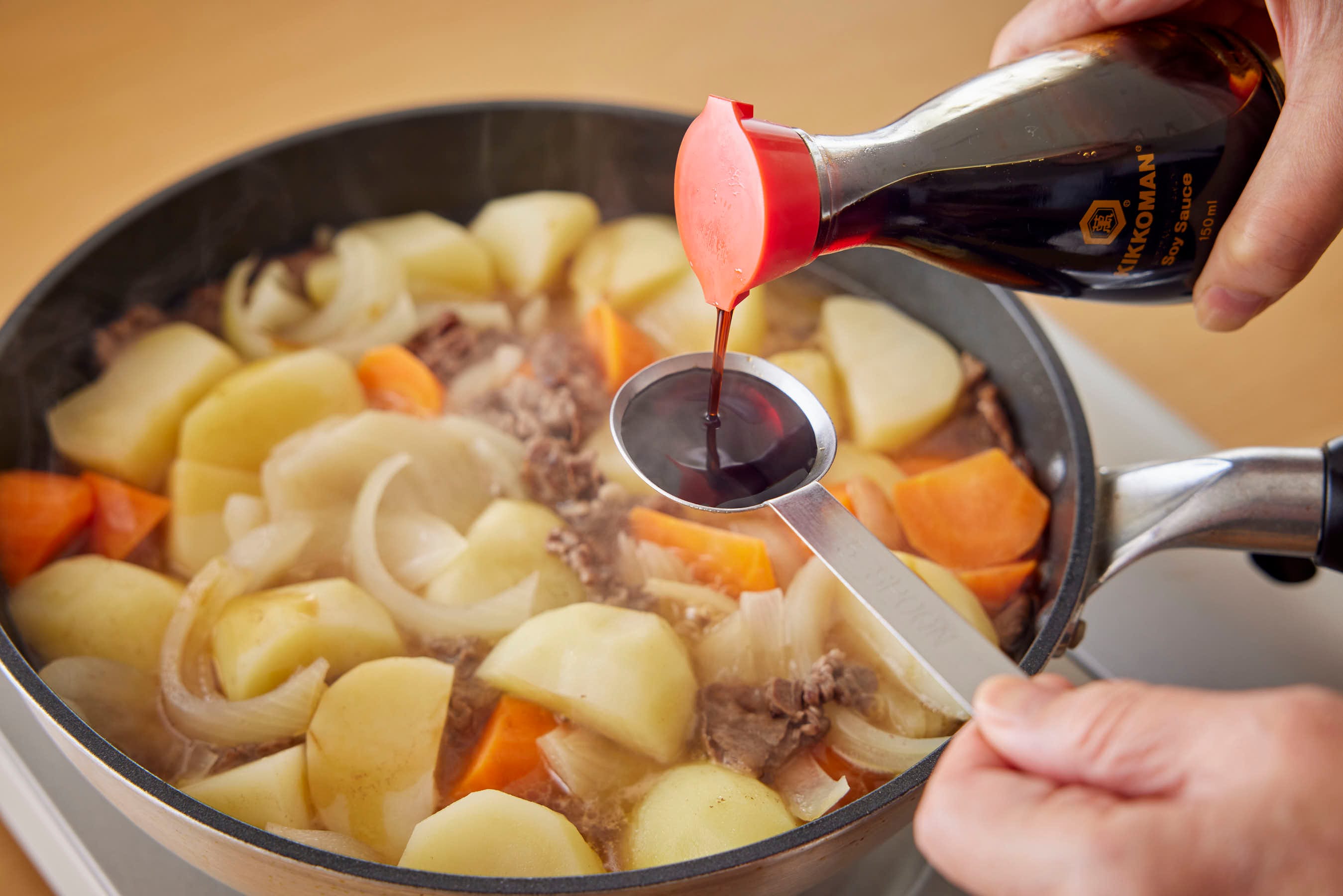
- 1Add Kikkoman Soy Sauce and mix, then raise the heat to a boil. Once boiling, cover with a lid and simmer on low heat for 5-6 minutes.
- TipsBe sure to maintain a gentle simmer even after lowering the heat.
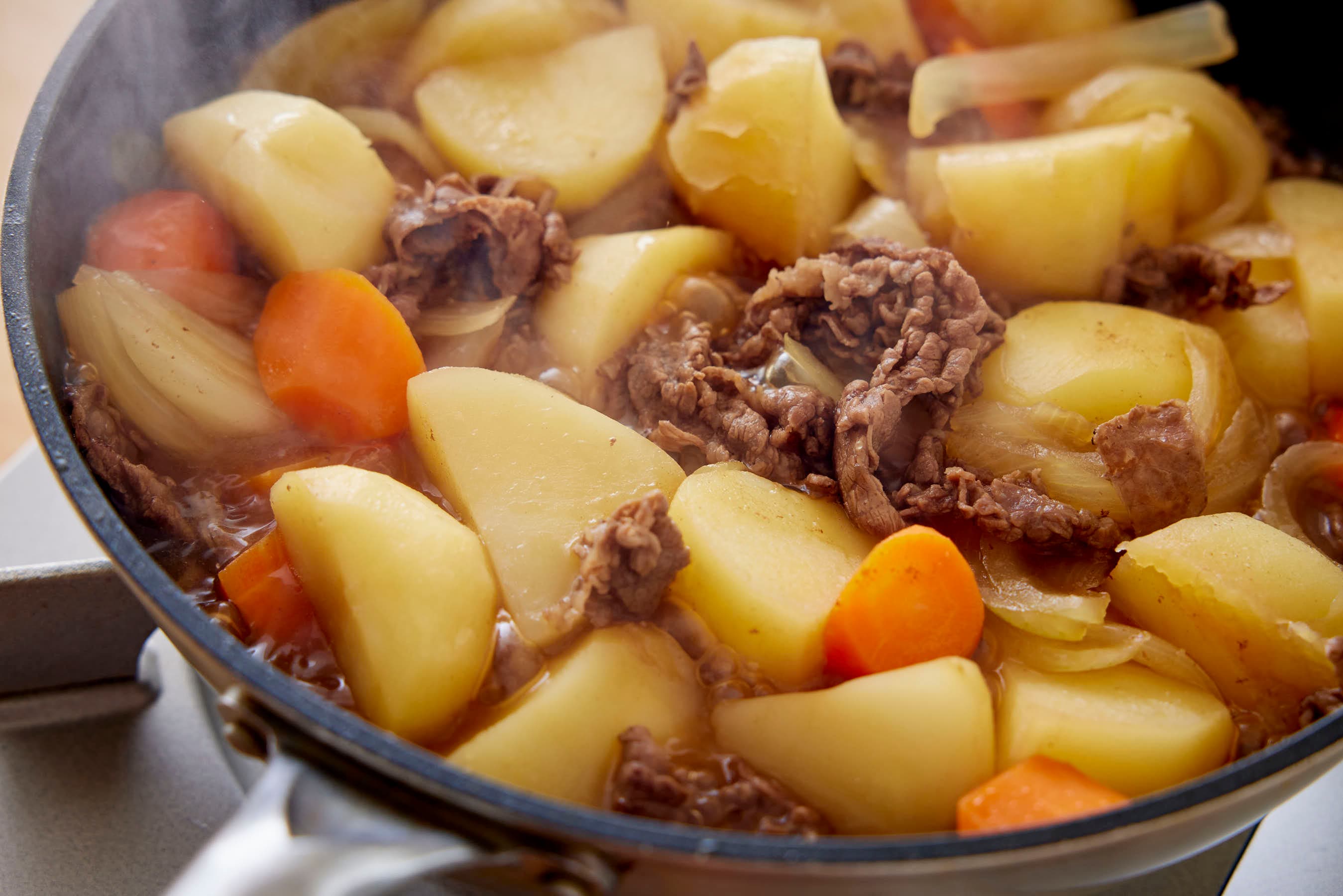
- 2Remove the lid and set the heat to medium, then continue simmering till the broth has reduced to about two-thirds.
- TipsReducing the liquid will give your broth a richer, fuller flavor.
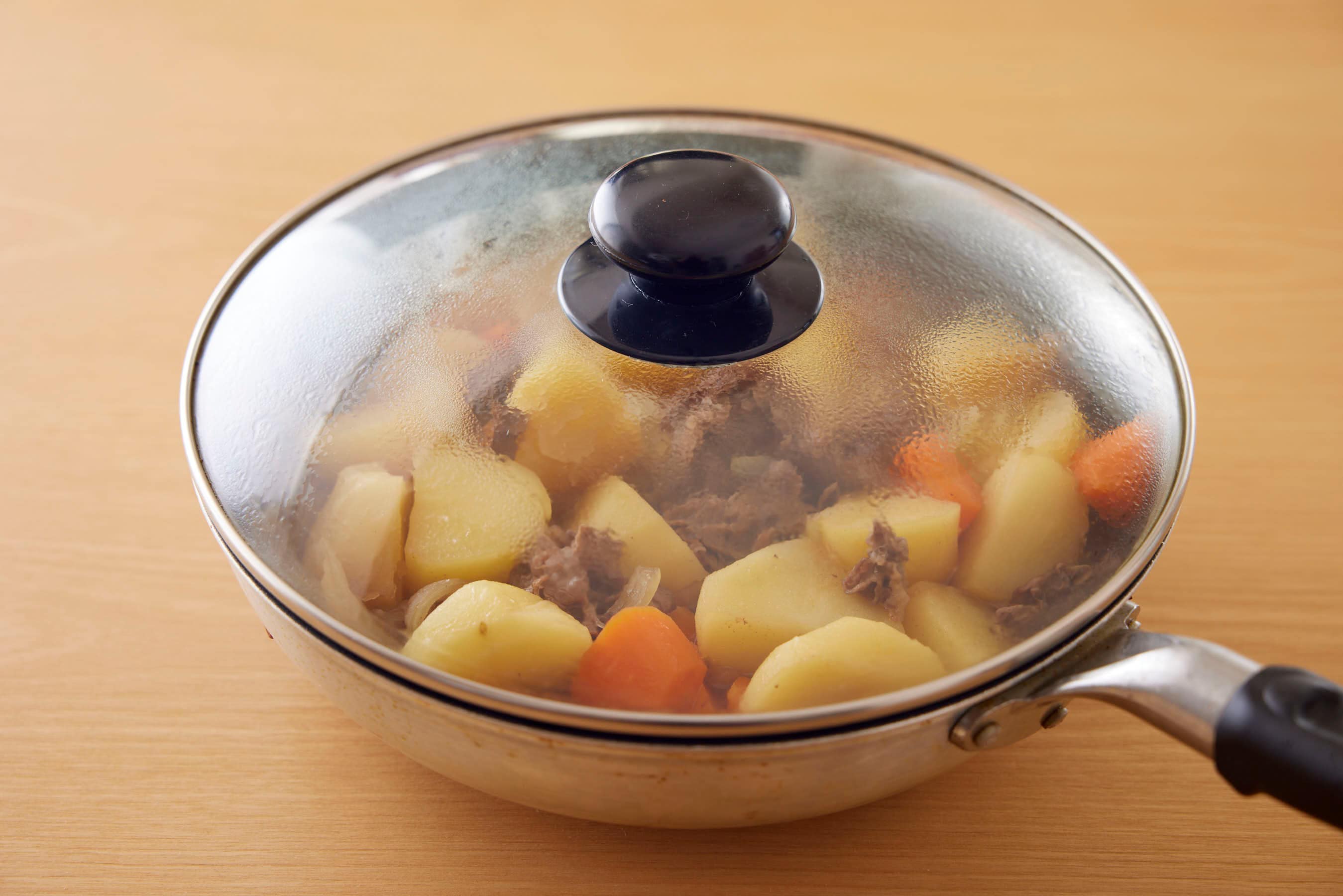
- 3Turn off the heat and cover with a lid, then allow it to sit for about 10 minutes so that the stew ingredients will soak in the flavor.
Watch video for adding soy sauce and simmering
More Ways to Enjoy Nikujaga
Nikujaga Pita Sandwich
Combine Nikujaga with crunchy, fragrant fresh vegetables in a pita pocket. The spiciness of mustard and aroma of cumin go well with Nikujaga. You can also use other types of bread to make a sandwich.
Nikujaga Salad Plate
Serve the Nikujaga with a generous amount of leafy greens for a salad-style dish. Sprinkle with almonds and cheese for a delicious variety of textures and flavors!
FAQ
What is the purpose of using sake (cooking sake)?
Japanese sake is commonly used in cooking “washoku” (Japanese cuisine). It’s useful in eliminating the odors of certain ingredients, as well as enhancing dishes with richer, fuller flavor.
For more information about Sake (Cooking Sake), please see our Glossary page.
What is the purpose of using mirin?
Mirin is a type of alcohol produced from mochi rice, and has been used as a seasoning for a long time in Japanese cuisine to sweeten dishes. Not only is it used to sweeten, but it gives dishes a pleasant aroma, and in the case of simmered dishes, helps prevent simmered ingredients from breaking apart.
For more information about Mirin, please see our Glossary page.
What if I don’t have thin-sliced beef?
You can use steak-cut beef and slice it diagonally into thin pieces (“sogigiri”). If you have a choice, opt for a fattier cut, as it will result in a more tender bite.
How can I make Nikujaga with other types of meat?
Kikkoman Products Used in This Recipe
About the Recipe Author
Yuko Ihara
Having lived in England and the U.S., Yuko Ihara is well-versed in a wide range of culinary genres. As a culinary researcher, she creates dishes for magazines and books, develops corporate menus, and also engages in product development and food consulting. She introduces easy-to-follow tips on how to make delicious food at home, emphasizing the importance of seasonality and healthful eating. When travelling, she loves to search for delicious vegetables and ingredients.
Instagram: @iharayukoo
About Washoku Lesson
Washoku Lesson is special content offering detailed and easy-to-understand explanations, including tips for making classic Japanese dishes as well as the many ways of enjoying these, and introductions to special Japanese cooking utensils and annual events.
Related Recipes
20min
352kcal
709mg
20min
374kcal
900mg
30min
327kcal
1000mg
30min
252kcal
600mg



